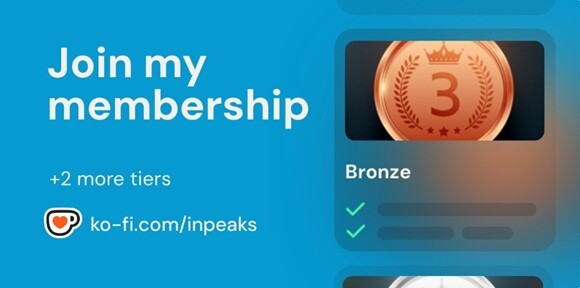What happened in 2020 has had a profound impact on how businesses function. In fact, companies have had to make significant changes regarding where and how employees work. Some firms have decided to keep the employees at headquarters (HQ), then some allow work to be remote while maintaining an HQ premise. Then, some organizations have decided to completely shift to a work-from-home model and stay-off premise.
Regardless of what model your company has opted for, a performance management system plays a crucial role in driving productivity and engagement during such unprecedented times. Below are some of the recommendations on key performance management programs and things you should prioritize based on your workforce model
Significant HQ Presence
What does that mean you wonder? This means that over 50% of the employees are spending some time out of their week at their headquarter location.
So when do you use this approach?
An HQ-centric approach would be applicable if:
- The local regulation permits your business to re-open again
- If you think productivity and/or revenue is significantly higher when employees are in the office
- Your organization is full of resources that can make the office safer. For instance, frequent sanitization, plexiglass shield, personal protective equipment, among others.
What are the best performance management practices that need to be applied here?
When you are asked to return to the office during COVID-19, it may cause a level of discomfort among employees. What companies can do here is, alleviate some of this uncertainty by communicating regularly and remaining open to feedback.
- Things to do before returning to the office:
- Create a survey and run it across your team to better understand employee needs and requirements. Gauge employee comfort and their desire to work from the office.
- Make sure to communicate expectations and guidelines regarding the return to the office.
At the office:
- Management should make sure to share every single piece of information regularly regarding the changes related to working from HQ. This can be done through weekly or bi-weekly meetings, organization-wide emails, and intranet pages are great ways to reinforce key updates.
- Another thing managers can do is schedule weekly 1:1s with their subordinates and check on employee stress and potential improvements.
- Conduct pulse surveys through online performance review software on a weekly or monthly basis. Just to get a better understanding of what is working well and what can be improved.
- In the end, boost positive morale by encouraging employee recognition.
Remote Workforce
A remote workforce means that employees are working from home.
When should one follow this approach?
Opting for this option is beneficial when:
- There is an extremely high risk of employees contracting COVID-19 – from office or from commuting to the office
- Employees can easily work from home and be productive
- Employees prefer working from home
- The additional cost to make your office safer for your employees are high or burdensome
What are the best performance management practices that need to be applied here?
Conduct 1:1s daily and update your goals on a monthly basis, this will help drive more accountability and productivity.
- Managers should drive a culture of praise and development with feedback and recognition:
- Start by planning lightweight quarterly check-ins that should cover performance and career development. After you are done, run a pulse survey to make sure that employees gained some value from the conversation.
- Make sure that employees can request and provide feedback that will help them grow and develop.
- Encourage employees to provide feedback and recognition using remote employee management software
- You can use goals in order to drive alignment- helps employees prioritize better during their projects and be more effective.
Conclusion
Regardless of what route the organization takes, a performance management system helps managers and employees stay better aligned and connected. When you consistently gather feedback from pulse surveys and 1:1 conversations – helps employees feel more heard and supported.










